As healthcare facilities continue to evolve and expand, the need for well-equipped hospitals becomes increasingly crucial. When planning a new hospital, one of the most critical aspects to consider is the provision of essential nursing equipment.
Properly equipped nursing stations are essential for providing high-quality patient care, ensuring safety, and enhancing the efficiency of healthcare services. In this guide, we will explore the essential nursing equipment required for a new hospital to ensure that it operates smoothly and delivers the best possible care to patients.
Essential Nursing Equipment For Your New Hospital
Nurses require specific tools to do their duties conclusively. Like other hospital departments, the right nursing equipment like ECG machines, sterilization equipment, and syringes among others can be used to diagnose and administer treatment, underscoring the importance of equipping your facility well. The equipment includes:
1. Examination and Diagnostic Equipment
Examination and patient diagnosis is the foundation of nursing care. The equipment your hospital staff needs includes:
- Stethoscope: A basic tool for assessing heart and lung sounds. Through amplifying the internal organs sounds, medics can make the appropriate medical choices for patients.
- Blood Pressure Monitor: Blood pressure monitors are indispensable for hospitals and are vital for monitoring patients’ blood pressure.
- Thermometer: As basic as it may look, a thermometer is crucial in medical processes. It’s used to measure body temperature.
- Pulse Oximeter: Monitors oxygen saturation levels in patients. A pulse oximeter detects any drops in oxygen levels and aids in early medical intervention.
- Otoscope and Ophthalmoscope: Used for examining the ears and eyes.
- Sphygmomanometer: Measures blood pressure more accurately.
- Reflex Hammer: It’s a key tool used in neurological physical assessments. It’s used to test deep tendon reflexes.
- Scale: Necessary for weighing patients.
2. Patient Monitoring Equipment
Patient monitoring is important since it allows staff to track patients’ well-being and achieve desired medical outcomes. Key equipment includes:
- ECG Machine: An ECG machine is at the centre of cardiovascular health. It monitors heart activity and rhythms.
- Respiratory Monitors: They keep track of breathing patterns. Patches are placed on the body to measure respiration by transmitting real-time data.
- Pulse Monitors: They continuously monitor patients’ heart rate. Advances in technology mean your hospital can acquire wearable monitors.
- Bedside Monitors: Patient health information is critical for both the doctors and the patient. These monitors display critical patient data in real-time.
- Telemetry Systems: Telemetry records, transmits, and measures data using sensors automatically. A telemetry system enables remote monitoring of a patient’s vital signs.
- Fetal Monitors: Used in labor and delivery units for monitoring fetal heart rate.
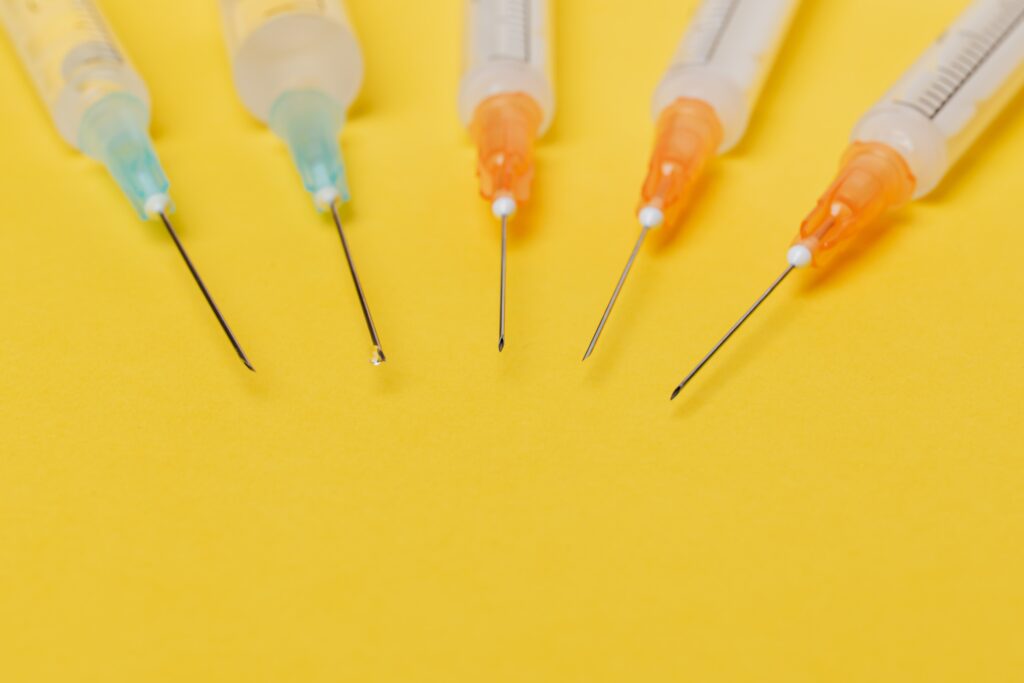
3. Mobility and Transfer Aids
For patients who have age-related mobility conditions, the disabled, and those recuperating from accidents, mobility aids are essential. They include:
- Wheelchairs: A wheelchair is a basic mobility aid equipment that can be manually operated or power-driven. It assists patients with limited mobility due to age factors, injuries, disabilities, or illnesses.
- Walking Aids: They enhance a patient’s walking pattern or stability as they recuperate. They include crutches, canes, and walkers.
- Lifting Slings: They are designed to help move heavy loads and aid in transferring patients safely.
- Gurneys and Stretchers: They are essential for patient transportation within the hospital. The basic stretchers can be carried by two or more people or can be wheeled (gurney).
4. Infection Control Equipment
Infection control ensures patient safety is prioritized, as well as the wellness of the nurses. Key infection control equipment includes:
- Personal Protective Equipment (PPE): They are protective equipment worn in the workplace to reduce exposure to hazards. PPEs include gloves, gowns, masks, and face shields.
- Hand Hygiene Stations: Hand hygiene is important for nurses in a health facility. Hand hygiene stations promote proper handwashing and sanitization.
- Isolation Equipment: Isolation equipment facilitates specialized medical care. They include negative pressure rooms and specialized barriers.
- Sterilization Equipment: These tools are used to completely clean medical equipment. Autoclaves, clean-in-place, steam sterilizers, and UV chambers all sterilize equipment.
- Disinfectant Supplies: To maintain a clean and safe environment.
5. Medication Administration Tools
Administering medication and fluids to patients is facilitated by medication administration equipment. They include:
- Medication Carts: They are key storage carts, which secure and store medication for patients. They also allow easier dispensing of medicine.
- Infusion Pumps: They are used to deliver precise intravenous medications to patients.
- Medication Dispensing Systems: They help health workers organize and dispense medication. The systems provide convenience for patients and minimize medication errors.
- Syringes and Needles: Precise injections would be impossible without syringes and needles.
- Medication Refrigerators: Store temperature-sensitive medications.
6. Patient Care Supplies
Patient care supplies include basic ward care tools and sanitation equipment. These supplies are important in nursing care and include:
- Bedside Tables: They are critical for patients since they can serve as food tray surfaces and provide convenient access to patient necessities like phones and books.
- IV Poles: The poles are a secure place to hold medicine or fluid for administration to patients.
- Bedside Commodes: Bedside commodes are portable toilets that can easily be moved around. They assist patients with toileting needs.
- Patient Beds: Comfortable and adjustable for patient care.
- Bed Linens and Incontinence Products: Patients’ comfort and safety are vital and well-kept bed linens and incontinence products boost comfort and hygiene.
- Call Bell Systems: Enable patients to request assistance easily.
7. Communication Tools
Communication at the ward level takes place between health workers and patients. To ensure an open line of interaction is maintained throughout medical procedures and patient care settings, this equipment is needed:
- Nurse Call System: Allows patients to alert nursing staff. Ensuring your facility’s nurse call systems are actively working is essential.
- Mobile Devices: Tablets or smartphones for access to electronic health records.
- Intercom Systems: Facilitate communication within the hospital.
Equipping a new hospital with essential nursing equipment is a complex but essential task. By providing healthcare professionals with the tools they need, hospitals can enhance patient care, improve safety, and streamline their operations.
Investing in top-quality nursing equipment ensures that your hospital is prepared to meet the diverse needs of patients and provide the highest standard of care. It’s crucial to consider the specific requirements of your hospital and its various departments when planning and procuring nursing equipment to create a healthcare environment that is both efficient and patient-centered.

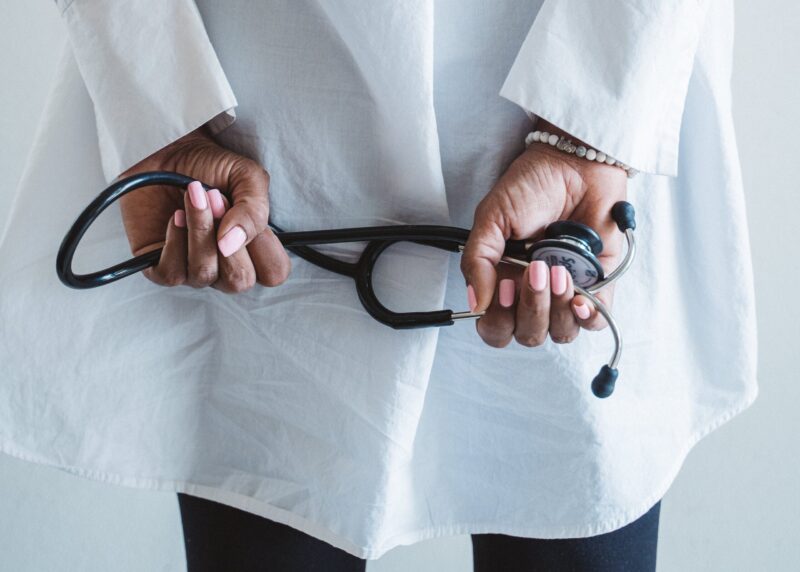
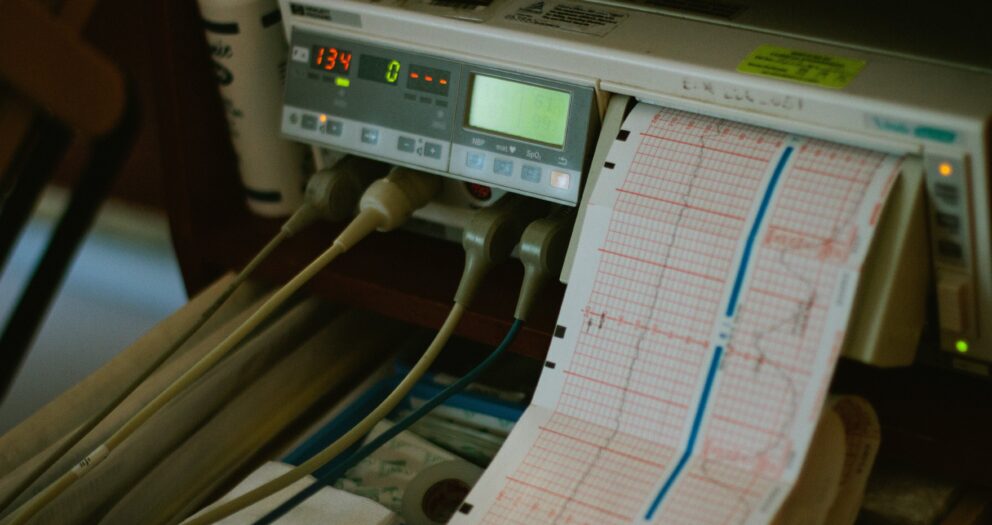
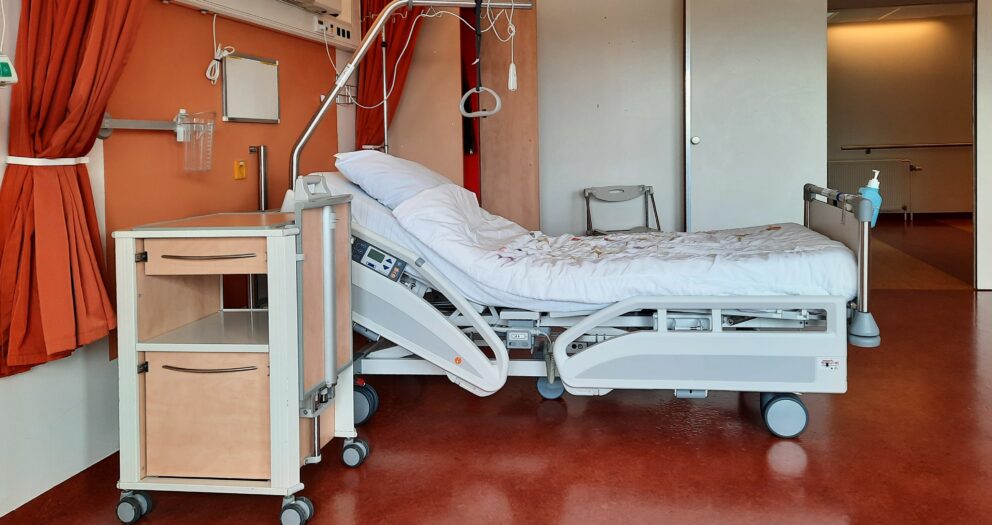
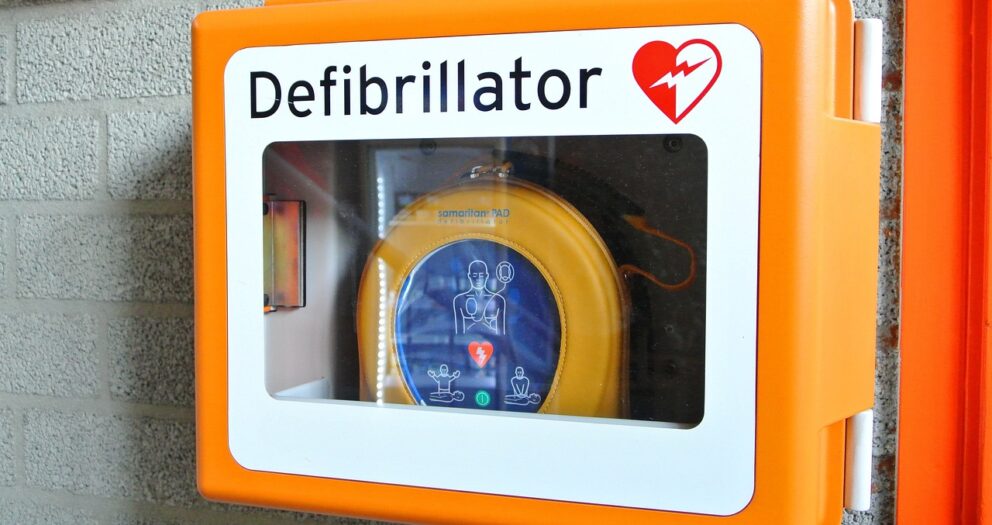
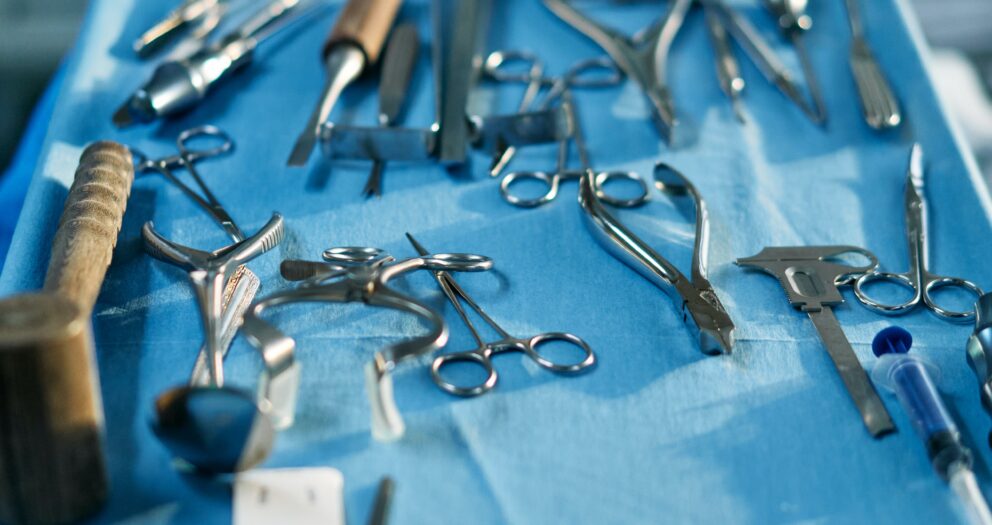
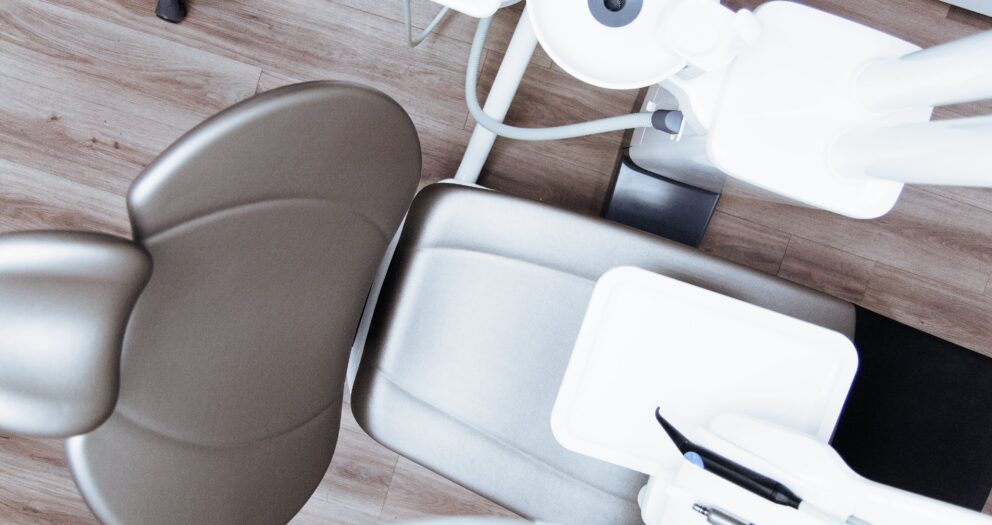
Write a comment
Your email address will not be published. All fields are required